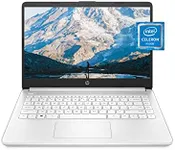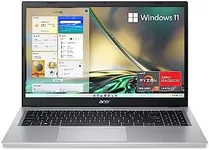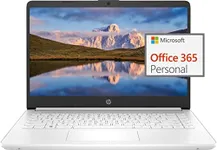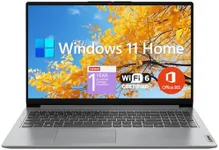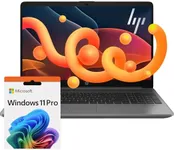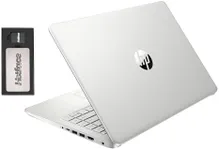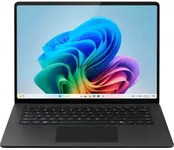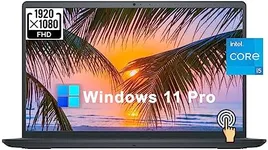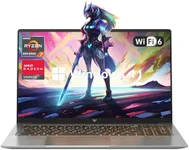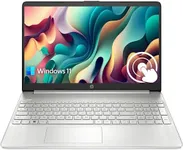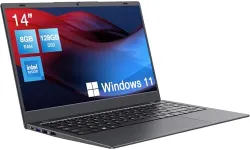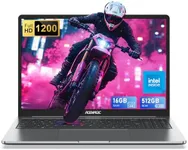Buying Guide for the Best Lightweight Laptops
When choosing a lightweight laptop, it's important to consider a balance between portability, performance, and battery life. Lightweight laptops are ideal for people who are always on the go, such as students, business professionals, and frequent travelers. To make the best choice, you need to understand the key specifications that define a lightweight laptop and how they align with your specific needs.WeightWeight is a crucial factor for a lightweight laptop, as it directly affects portability. Lightweight laptops typically weigh between 2 to 4 pounds. If you travel frequently or need to carry your laptop around all day, aim for a model closer to 2 pounds. For occasional travel or if you don't mind a bit more heft, a laptop around 3 to 4 pounds can offer a good balance between portability and performance.
Screen SizeScreen size impacts both the portability and usability of a laptop. Lightweight laptops usually have screen sizes ranging from 11 to 14 inches. Smaller screens (11-12 inches) make the laptop more portable and easier to carry, but they may be less comfortable for extended use. Larger screens (13-14 inches) provide a better viewing experience and more space for multitasking, but they add to the overall size and weight. Choose a screen size based on how you plan to use the laptop and how often you need to carry it.
Battery LifeBattery life is essential for a lightweight laptop, especially if you need to use it on the go without frequent access to power outlets. Look for laptops that offer at least 8 hours of battery life for a full day of use. Some high-end models can provide up to 12 hours or more. Consider your daily routine and how long you typically need to use the laptop away from a power source to determine the right battery life for you.
ProcessorThe processor (CPU) determines the laptop's performance and ability to handle tasks. Lightweight laptops often come with energy-efficient processors like Intel Core i3, i5, i7, or AMD Ryzen 3, 5, 7. For basic tasks like web browsing, email, and document editing, an Intel Core i3 or AMD Ryzen 3 is sufficient. For more demanding tasks like photo editing, video conferencing, or multitasking, consider an Intel Core i5 or i7, or AMD Ryzen 5 or 7. Choose a processor based on the type of work you plan to do on your laptop.
RAMRAM (Random Access Memory) affects the laptop's ability to run multiple applications simultaneously and handle more demanding tasks. Lightweight laptops typically come with 4GB, 8GB, or 16GB of RAM. For basic use, 4GB may be adequate, but 8GB is recommended for smoother performance and better multitasking. If you plan to run more intensive applications or keep many tabs open in your browser, 16GB of RAM will provide a more seamless experience.
StorageStorage capacity determines how much data you can store on your laptop. Lightweight laptops usually come with SSD (Solid State Drive) storage, which is faster and more reliable than traditional HDD (Hard Disk Drive) storage. Common storage options range from 128GB to 512GB. For basic use and cloud storage reliance, 128GB may be sufficient. If you store a lot of files, photos, or videos, consider 256GB or 512GB. Choose storage based on your data storage needs and whether you use external drives or cloud services.
Build QualityBuild quality affects the durability and feel of the laptop. Lightweight laptops are often made from materials like aluminum, magnesium alloy, or carbon fiber, which provide strength without adding much weight. A well-built laptop can withstand daily wear and tear and provide a more premium feel. Consider how often you will be carrying the laptop and the environments in which you will use it to determine the importance of build quality for you.
ConnectivityConnectivity options, such as USB ports, HDMI, and SD card slots, are important for connecting peripherals and external devices. Lightweight laptops may have fewer ports to maintain a slim profile, so consider what devices you need to connect regularly. Look for laptops with at least a couple of USB ports, a headphone jack, and possibly an HDMI port for external displays. If you need more connectivity options, you might need to use adapters or docking stations.
